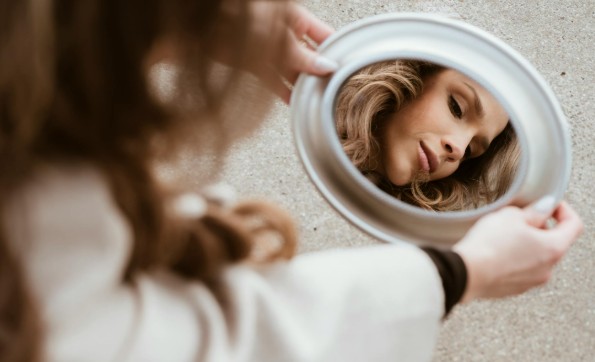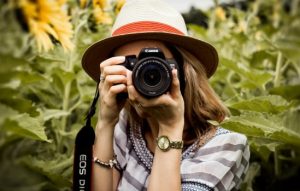Self-portrait photography is one of the most powerful and intimate forms of art.
It allows you to capture your essence, explore your creativity, and even confront emotions that are often difficult to express.
Whether you’re using it as a tool for self-expression or a creative endeavor, the process of taking self-portraits can be incredibly transformative.
In this guide, I’ll walk you through step-by-step tutorials on how to take stunning self-portraits while sharing my personal experiences with the art.
What is Self Portrait Photography?

Self-portrait photography involves using a camera to capture images of yourself.
Unlike regular selfies, these photographs are typically more thought-out, artistic, and intentional. They can represent your identity, emotional state, or a creative idea.
The beauty of self-portrait photography is the complete creative control you have — from lighting and composition to the feelings you want to evoke.
In my own journey, I’ve found that self-portrait photography isn’t just about snapping a picture. It’s a powerful process of introspection, creative freedom, and even emotional healing.
It’s a way to challenge how we view ourselves and tell stories that we often can’t express with words.
Self Portrait Photography: Why Should You Try It?

Before diving into the step-by-step tutorials, it’s important to understand why self-portrait photography is so compelling.
Here are a few reasons why you should consider picking up the camera and capturing your own essence:
- Emotional Expression: Self-portraiture provides an outlet for processing and expressing complex emotions. Whether you’re feeling joy, sadness, or anything in between, your photos can serve as a visual journal.
- Body Acceptance: As someone who has struggled with body image, I can tell you that self-portraiture has been an incredibly healing process. It’s about embracing your body for what it is and telling a story about what it can do, rather than focusing solely on how it looks.
- Creative Freedom: You get to be the artist, model, director, and photographer. With no one to tell you what to do, you can push your boundaries, experiment with different poses, and explore your creative side.
- Personal Growth: As you continue practicing, you’ll see not just improvements in your photography skills but also in your self-awareness. You’ll notice how your style evolves and how your perceptions of yourself change over time.
Self Portrait Photography – Step-by-Step Tutorials
Now, let’s dive into how you can start creating your own captivating self-portraits.
1. Prepare Your Space and Equipment

One of the first lessons I learned in self-portraiture is the importance of preparation. It’s not just about having a good camera; it’s about setting the right mood and environment.
- Camera & Lens: You don’t need the most expensive gear, but a camera with manual settings is ideal. I recommend using a DSLR or mirrorless camera, though a smartphone with manual camera controls will also do the job.
- Tripod & Remote Shutter: A tripod is a must to stabilize your camera, and a remote shutter release allows you to click the photo without running back to your camera each time. You can also use a timer function if you don’t have a remote.
- Lighting: Good lighting can make or break a portrait. Natural light works wonders, but if you’re shooting indoors, consider using softbox lights or LED panels. I’ve found that diffusing the light (using sheer fabrics or softboxes) helps create a softer, more flattering effect.
- Props & Background: Depending on your theme, props can enhance your self-portrait. A piece of fabric, an old chair, or even flowers can elevate the mood. Keep your background simple to avoid distractions.
2. Set Your Intentions and Concept
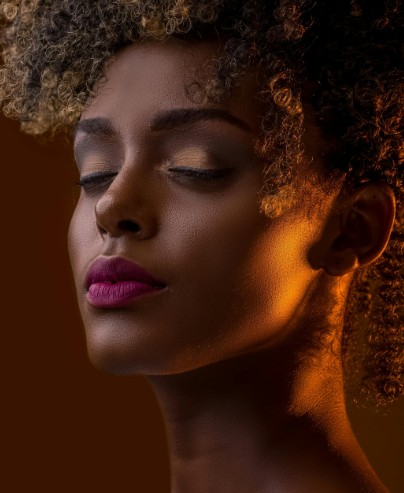
Before you even pick up the camera, spend some time thinking about the message you want to convey. Self-portraiture is a form of storytelling, so consider what you want to express.
Ask yourself these questions:
- What emotion do I want to express? Think about how you feel today or a specific emotion you want to capture.
- What is my concept? Do you want your photo to be minimalistic or dramatic? Will your expression be subtle or intense?
- How do I want my body positioned? Self-portrait photography isn’t just about your face; it’s about your body language. The way you position your arms, hands, and posture will all convey different emotions.
3. Experiment with Angles and Poses
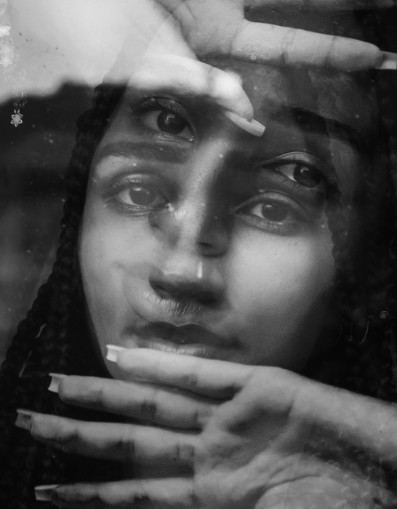
Angles and poses can completely change the tone of your self-portrait. In my experience, there is no “one-size-fits-all” approach.
- Low Angle: Shooting from below can make you appear larger-than-life and powerful.
- High Angle: Shooting from above can create a sense of vulnerability or introspection.
- Candid Poses: Sometimes the most powerful photos are those that feel unposed. Try capturing moments where you’re moving or in a natural position.
4. Focus on Expression
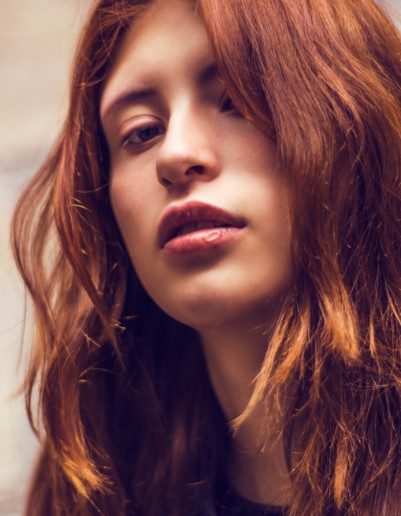
The expression is what brings the portrait to life.
While the technical side of photography is important, the emotional connection between you and the viewer is what makes your self-portrait stand out.
In my own practice, I’ve learned to embrace vulnerability, letting my expressions be raw and honest, whether that’s a smile, a stare, or even a look of melancholy.
5. Edit Your Photos
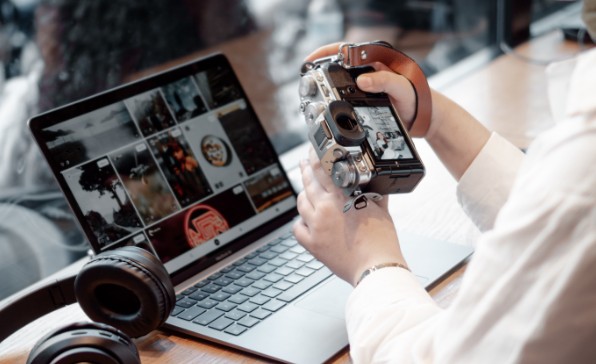
Editing is where you can really refine your self-portrait. Even if you shoot in the best light, some tweaks can elevate the image further. I personally recommend:
- Basic Adjustments: Start with exposure, contrast, and color correction to ensure your image looks polished.
- Retouching: Subtle skin retouching or smoothing out harsh lines can enhance the photo. However, I recommend not overdoing it. Self-portrait photography is about authenticity, so try to preserve the real you.
- Filters and Presets: Feel free to experiment with creative filters, but be mindful not to overdo it. The key is to enhance the mood, not cover it up.
Self Portrait Photography: Final Thoughts
Self-portrait photography is an ongoing journey of self-exploration, creativity, and personal growth.
It’s not just about snapping a picture; it’s about learning to see yourself in new ways, both behind the lens and in front of it.
As someone who’s gone through the ups and downs of this creative practice, I can confidently say that it’s one of the most rewarding artistic endeavors I’ve ever taken on.
Whether you’re looking to document your emotions, boost your creative portfolio, or simply understand yourself better, self-portrait photography offers an unmatched opportunity for growth.
Take these step-by-step tutorials, experiment with the techniques, and don’t be afraid to show your true self.
After all, the beauty of self-portrait photography is that you get to create your own narrative—one image at a time.

